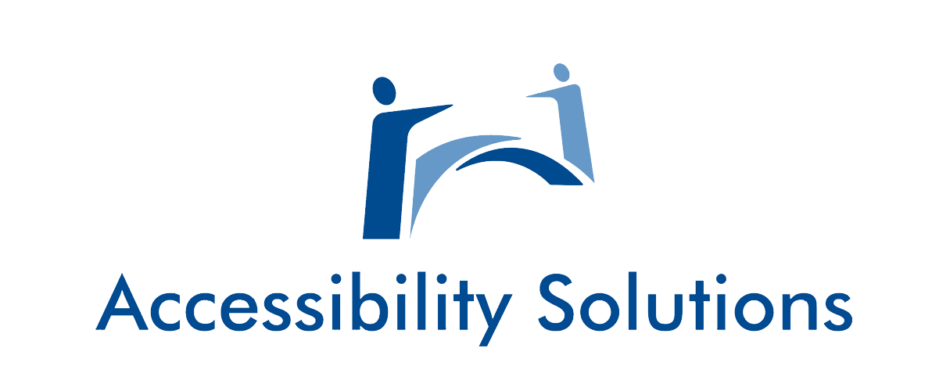Today, diversity and inclusion are not just buzzwords; they are essential values that shape the way people interact and engage with one another. When it comes to events and conferences, ensuring accessibility for all attendees is not only a legal requirement but also a moral imperative. This article will explore various accessibility solutions that can make events more inclusive. It will also delve into the importance of CART services and how they contribute to creating a welcoming and accessible environment for everyone.
Understanding the Importance of Inclusivity
Before delving into accessibility solutions, it’s essential to recognize the significance of inclusivity in events and conferences. Inclusivity means ensuring that individuals of all backgrounds, abilities, and needs can participate and enjoy the event without barriers. When you prioritize inclusivity, you open doors to a wider audience and create a more welcoming atmosphere.
Accessibility Solutions for Events
Venue Selection
Choosing an accessible venue is the foundation of creating an inclusive event. Ensure that the venue has wheelchair ramps, accessible restrooms, and adequate parking for individuals with disabilities. Clearly communicate the venue’s accessibility features on your event website and promotional materials.
Sign Language Interpreters
For attendees who are deaf or hard of hearing, providing sign language interpreters is crucial. These professionals can interpret spoken language into sign language, allowing individuals with hearing impairments to participate fully in presentations, discussions, and workshops.
Braille and Large Print Materials
Make event materials accessible to those with visual impairments by providing Braille and large print versions of programs, brochures, and schedules. This simple step ensures that all attendees can access essential information.
Assistive Listening Devices
Invest in assistive listening devices that amplify sound for individuals with hearing impairments. These devices can be particularly useful in large conference rooms or noisy environments.
Quiet Spaces and Sensory Accommodations
Events can be overwhelming for individuals with sensory sensitivities, such as those with autism. Consider setting up quiet spaces where attendees can take a break from the sensory stimulation. Additionally, provide sensory accommodations like noise-canceling headphones and fidget tools.
The Role of CART Services
One powerful accessibility solution for events is Communication Access Real-Time Translation (CART) services. CART services are invaluable for individuals who are deaf or hard of hearing and ensure that they can follow spoken content in real-time. Here’s how these services work and contribute to making events more inclusive:
CART providers use specialized equipment to transcribe spoken language into text. This text is displayed on screens or devices, allowing attendees to read what is being said in real-time. They are incredibly versatile and can be used in various event scenarios, including:
Presentations: They can transcribe keynote speeches, panel discussions, and presentations, making the content accessible to all attendees.
Q&A Sessions: Inclusive events often include interactive Q&A sessions. These services ensure that questions and responses are accessible to everyone, fostering a more inclusive environment.
Workshops and Training: They can be used during workshops and training sessions to ensure that all participants can follow the content.
Additional Considerations for Inclusive Events
Accessible Transportation
Consider providing accessible transportation options for attendees with mobility challenges. Arrange for wheelchair-accessible transportation or provide information on accessible public transit options.
Dietary Accommodations
Be mindful of dietary restrictions and allergies when planning meals and snacks. Offer a variety of options to accommodate diverse dietary needs and preferences.
Clear Communication Channels
Establish clear communication channels for attendees to request accommodations or seek assistance. Ensure that your event staff is trained to respond promptly and respectfully to accommodation requests.
Inclusive Marketing
Promote your event with inclusivity in mind. Use diverse imagery and language that emphasizes your commitment to accessibility. Make it clear that your event is open and welcoming to all.
Feedback and Continuous Improvement
After your event, seek feedback from attendees regarding their accessibility experiences. Use this feedback to make improvements for future events and to showcase your commitment to inclusivity.
The Bottom Line
In conclusion, creating inclusive events requires careful planning and a commitment to accessibility solutions. By selecting accessible venues, providing sign language interpreters, offering Braille and large print materials, and with the help of CART providers, you can make your event more inclusive and welcoming to a diverse audience. Remember to consider additional factors such as dietary accommodations, clear communication channels, and inclusive marketing. By following these principles and embracing inclusivity, you can ensure that your events are accessible and enjoyable for all attendees.



Pingback: Discover the Best Region News Source for Timely Updates - Tech&Trends